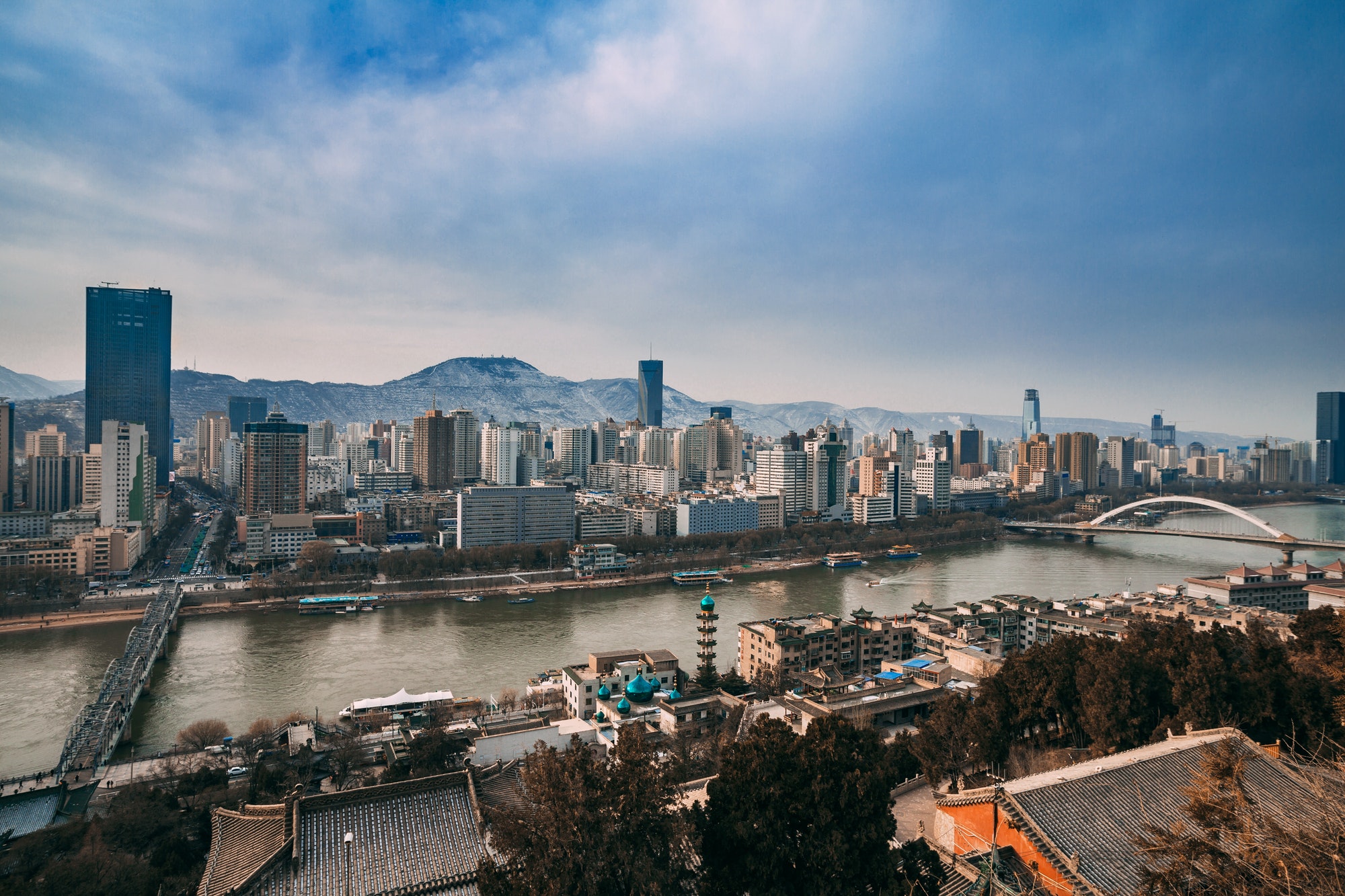Introduction
In 2023, a big earthquake hit Gansu Province in China. It was a major event that caused a lot of harm and destruction. This guide will break down what happened, how big the earthquake was, and how people responded to it.

Breaking Down the Earthquake
How Big Was the Earthquake?
The U.S. Geological Survey (USGS) first said the earthquake was 5.9 in magnitude, but Chinese officials later said it was actually 6.2. This shows how hard it can be to figure out the full scale of natural disasters right away.
The Earthquake’s Effects on Gansu Province and Beyond
The earthquake started near Linxia Chengguanzhen, a city in Gansu Province, and wasn’t very deep underground. It was so strong that even Lanzhou, the capital of Gansu about 60 miles away, felt it. The quake damaged buildings and was felt across northwest China.
How People Responded to the Earthquake
Quick Action by Emergency Services
Right after the earthquake, emergency crews and firefighters got to work to help people. China’s news agency, Xinhua, talked a lot about these rescue efforts, showing how important it is to act fast in these situations.
News Coverage in China and Around the World
China’s state TV, CCTV, was really important in sharing news about the earthquake. They showed pictures of the damage and kept people updated, both in China and internationally.
The Bigger Picture: Economic and Social Effects
The Financial Cost
The earthquake caused a lot of damage to buildings and roads, and disrupted people’s everyday lives. Understanding and fixing this damage is key to helping the area recover.
The Impact on Society and the Loss of Lives
More than 100 people died and 200 got hurt because of the earthquake. This shows how deeply earthquakes can affect people, not just through physical damage, but also by affecting their mental health and communities.
Conclusion
The 2023 earthquake in Gansu Province reminds us that natural disasters can happen without warning and that being ready for them is really important. By studying this earthquake, we can learn a lot about how to better respond to and prepare for future disasters.

Frequently Asked Questions (FAQs)
Q1: Why do Earthquake Magnitudes Sometimes Change After Initial Reports?
A1: Earthquake magnitudes can change after first being reported because getting an accurate measure can be tricky. As scientists get more data, they can update the magnitude to reflect the earthquake’s true strength.
Q2: How Do Earthquakes Affect Cities Far from the Epicenter?
A2: Earthquakes can be felt far away from the epicenter because the seismic waves travel through the earth. Even cities 60 miles away, like Lanzhou in this case, can feel shaking and experience damage.
Q3: What Makes Emergency Response After an Earthquake Important?
A3: Quick emergency response is vital because it helps save lives, treats injuries faster, and prevents more damage. The faster help arrives, the better the chances of helping those affected.
Q4: How Do News Outlets Help During Earthquakes?
A4: News outlets, like CCTV in China, play a big role by spreading information quickly. They keep people updated on safety, rescue efforts, and the extent of the damage, which is crucial in crisis situations.
Q5: What Kind of Economic Damage Can Earthquakes Cause?
A5: Earthquakes can harm the economy by destroying infrastructure like roads, buildings, and power lines. This damage can disrupt businesses, transportation, and everyday life, leading to financial losses.
Q6: How Does an Earthquake Impact Society Beyond Physical Damage?
A6: Beyond physical damage, earthquakes can cause emotional and psychological stress. They disrupt communities, lead to loss of homes, and can have long-term effects on people’s mental health and community bonds.
Q7: What Can We Learn from Earthquakes Like the One in Gansu Province?
A7: Earthquakes like the Gansu Province one teach us about the importance of being prepared, how to respond effectively, and ways to build more resilient communities and structures to withstand future quakes.
By understanding these aspects, students and others can gain a better grasp of the implications and responses associated with significant natural disasters like earthquakes.
Sources CNN


